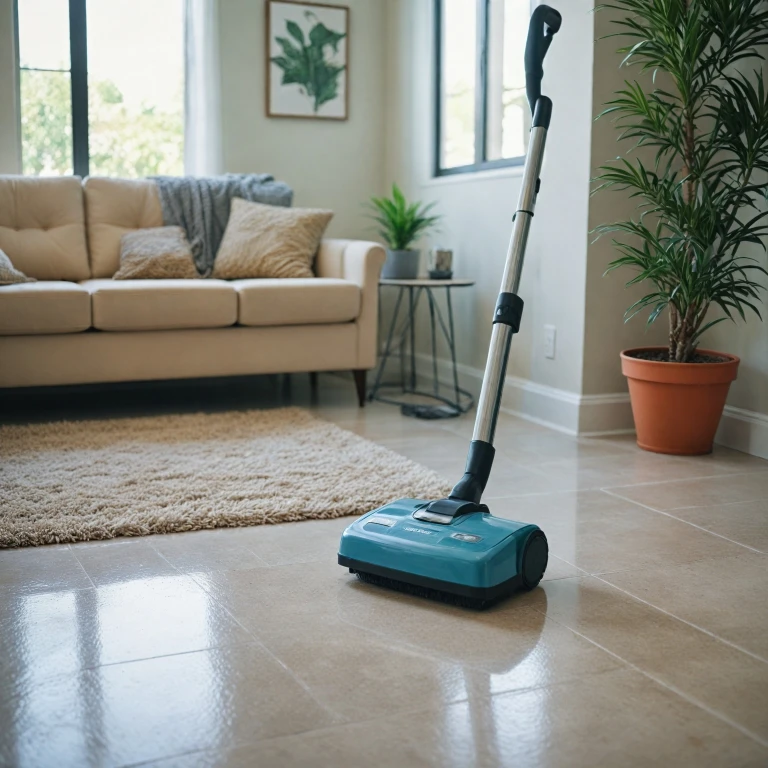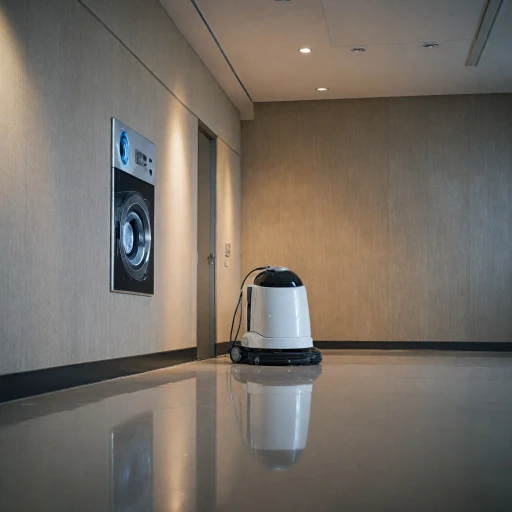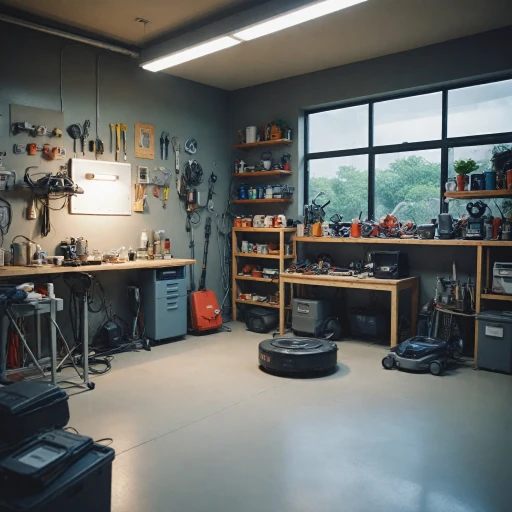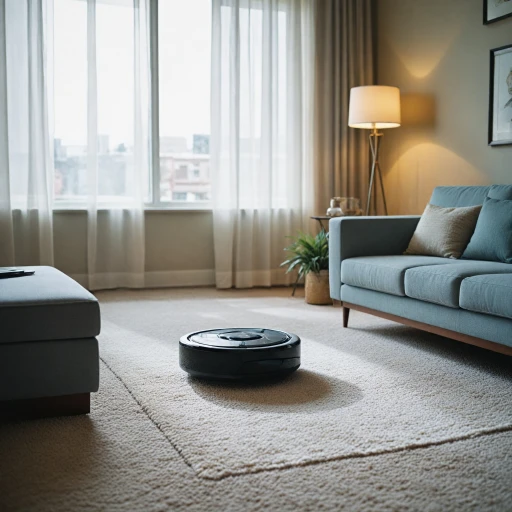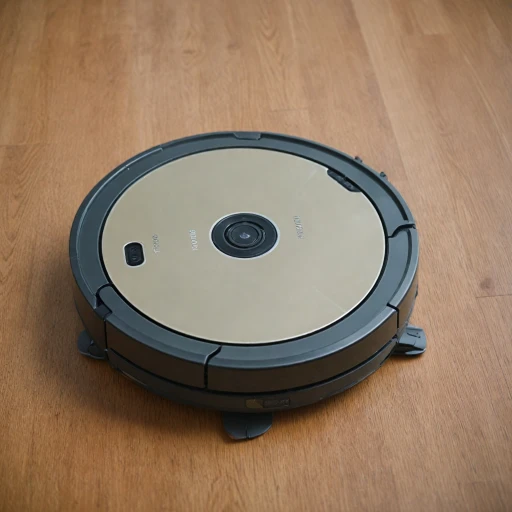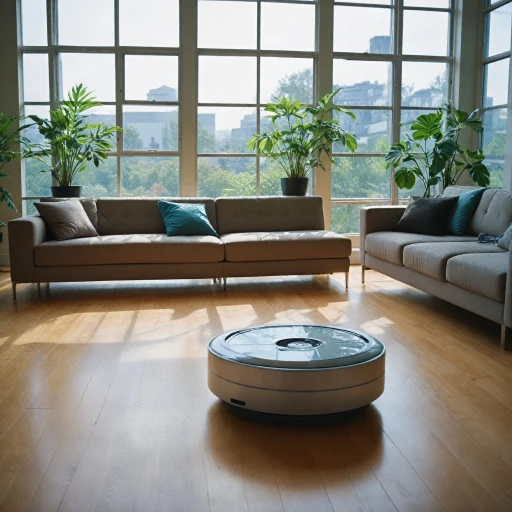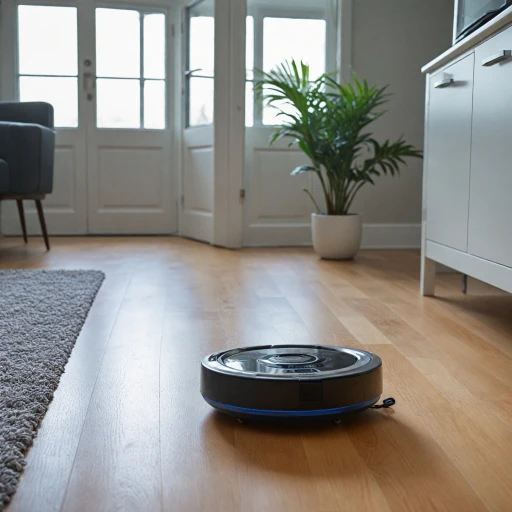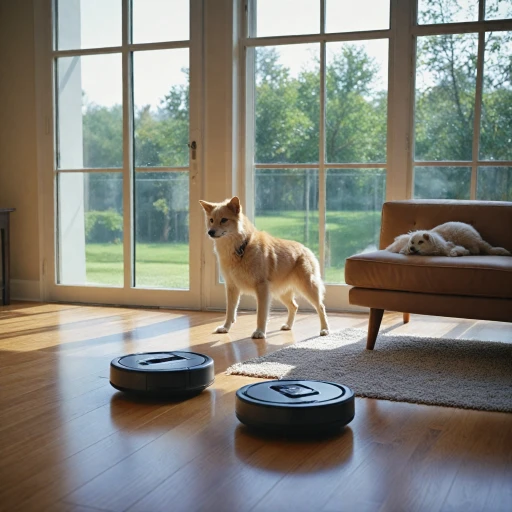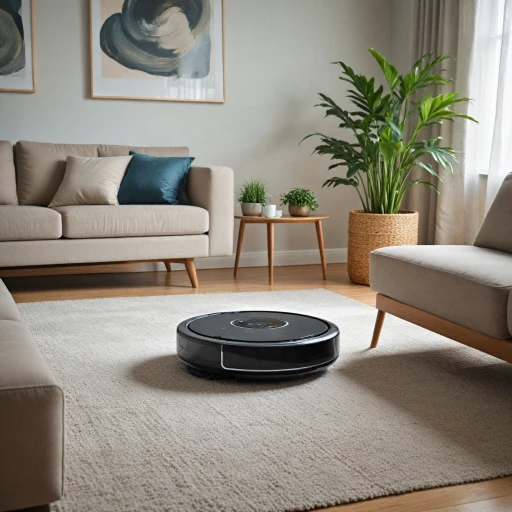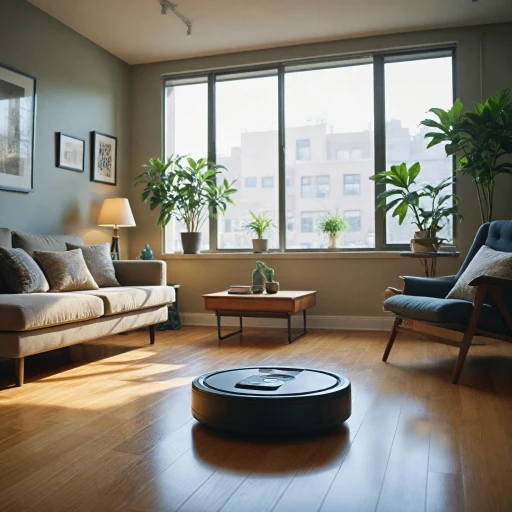
Understanding the Basics of Cordless Floor Scrubbers
Getting to Know Cordless Floor Scrubbers
Cordless floor scrubbers are becoming increasingly popular in the realm of home cleaning technology. These machines offer a convenient and efficient way to maintain hard floors, providing a thorough clean without the hassle of cords. Unlike traditional mops, a cordless floor scrubber combines the power of a motor with a cleaning brush and a water tank to scrub and mop floors effectively.
One of the key features of these devices is their battery-powered operation. This allows for greater mobility and ease of use, especially in larger spaces where a cord might be restrictive. The battery life can vary, but most models are designed to last long enough to clean an average-sized home on a single charge. This makes them an attractive option for those looking to streamline their cleaning routine.
When it comes to the price, cordless floor scrubbers can range significantly. Factors such as the power of the motor, the size of the water and recovery tanks, and additional features like spin scrubbers or specialized cleaning pads can all influence the cost. However, many consumers find that the investment is worthwhile, given the time and effort saved in floor cleaning.
For those considering a purchase, it's important to weigh the advantages of a cordless floor scrubber against other cleaning devices, such as robot vacuums. While both have their merits, understanding the specific needs of your home can guide you in making the right choice. As technology continues to evolve, the options for maintaining clean floors are only set to expand, offering even more tailored solutions for every household.
Comparing Cordless Floor Scrubbers and Robot Vacuums
Evaluating Features and Investment Considerations
When it comes to selecting a home cleaning solution, understanding the distinctions between cordless floor scrubbers and robot vacuums is crucial. Both options offer unique attributes that cater to diverse cleaning requirements. A deeper understanding of these features can guide your decision-making process effectively. Cordless floor scrubbers are renowned for their capability to handle tough stains on hard floors. Their powerful motors deliver a robust cleaning performance, often using spinning brushes and pads to remove dirt and grime. These machines typically come with a water tank to aid in dissolving stubborn dirt, allowing for a thorough floor cleaning experience. They are equipped with recovery tanks to collect dirty water, keeping your floors spotless. Moreover, the cordless nature provides flexibility and convenience, negating the hassle of power cords. Robot vacuums, on the other hand, focus on automated cleaning. With the touch of a button, these devices navigate floors and carpets, picking up dust and debris with ease. However, they might struggle with deep cleaning challenges, especially on hardened stains where a scrub is required. While they save time and effort, their cleaning power might not match that of a floor scrubber in certain situations. In terms of price considerations, floor scrubbers come with various options to suit different budgets. High-end models offer extra features like multiple cleaning modes and a rechargeable battery that can last for months with low maintenance needs. Conversely, robot vacuums may require higher initial investments due to their advanced technology and automation capabilities. When comparing the two, it’s essential to evaluate your cleaning priorities. If you're dealing primarily with tile floors and hard surfaces, a power scrubber might be more beneficial. However, for those looking for effortless, automated cleaning with minimal intervention, an advanced robot vacuum could be the ideal solution. For further insights on robot vacuum capabilities, you can explore the comprehensive guide on robot vacuum technology.Advantages of Using a Cordless Floor Scrubber
Unveiling the Strengths of Cordless Floor Scrubbers
When it comes to maintaining pristine floors, cordless floor scrubbers stand out as a versatile cleaning machine. These products are designed to efficiently tackle dirt and grime, providing thorough floor cleaning without the constraint of power cords. Let’s dive into the distinct advantages that these machines offer. Firstly, the mobility offered by a cordless option cannot be understated. Unlike traditional floor scrubbers tethered to an outlet, a battery-powered scrubber provides more freedom of movement. Whether it’s a hard-to-reach tile floor or a sprawling hard floor area, this freedom makes cleaning a breeze. Battery life is often a concern, but modern floor scrubbers are equipped with long-lasting batteries capable of handling extensive cleaning sessions. Thanks to advancements in battery technology, these devices can offer power without frequent charging interruptions. A crucial factor contributing to their efficiency is the cleaning brush technology. The spinning brush combined with a high-power motor ensures a deep clean on all types of floors, from tile to wood. Additionally, many of these cleaners have a recovery tank to collect dirty water, ensuring that cleaned surfaces remain immaculate. Cordless floor scrubbers often come with floor pads and mops that adapt to different cleaning needs. These pads can efficiently mop up spills and provide a polished finish, which is particularly beneficial for maintaining hard floors. Price considerations also play a role in choosing cleaning equipment. While the scrubber price might seem higher upfront, low payments spread over months can make it accessible. Moreover, the efficiency and thorough cleaning these machines provide often justify the price tag in the long run. Comparing this with robot vacuums, the flexibility and cleaning performance of a powered floor scrubber, particularly on diverse floor types, give it an edge, especially when dealing with stubborn grime that requires more than passive suction. In summary, cordless floor scrubbers, with their robust design and advanced features like cleaning brushes and recovery tanks, are a notable contender in the realm of effective floor cleaning. Their ability to adapt to different floor types enhances their attractiveness as a reliable cleaning solution.Challenges in Robot Vacuum Technology
Overcoming Technological Obstacles in Robot Vacuums
While robot vacuums have gained immense popularity for their convenience and innovation, they face several technological hurdles that can impact their efficacy. Understanding these challenges is crucial for potential users in deciding between a robot vacuum and other cleaning machines like a cordless floor scrubber. One of the significant challenges is the battery life. Many robot vacuums struggle with maintaining a long-lasting charge, especially when compared to their cordless counterparts like the battery-powered floor scrubber. The cleaning power of a vacuum is limited by its battery, which can influence its performance over time, particularly when dealing with extensive cleaning tasks. The cleaning brushes and pads used in robot vacuums can also present challenges. They are often not as robust or effective on hard floors and tiled surfaces as those found in powered floor scrubbers. The spin scrubber technology in traditional floor machines usually allows for more aggressive cleaning action, which is particularly beneficial for heavily soiled or stubborn stains. Furthermore, robot vacuums can sometimes encounter issues with navigation. Advanced models come with improved mapping technologies to better understand their cleaning environment, yet they may still struggle in complex room layouts or with diverse flooring types. Obstacles like furniture or changes in floor levels can disrupt the vacuum's cleaning pattern, resulting in areas being missed or only partially cleaned. There's also the component of water and cleaning solutions. Robot vacuums typically come with small water tanks or no water capability at all, limiting their ability to mop or scrub floors. In contrast, cordless floor scrubbers usually come equipped with a larger water tank and recovery tank, making them more efficient for floor cleaning tasks that require substantial water usage. As the demand for these products continues to grow, manufacturers are dedicated to overcoming these limitations by enhancing battery performance, brush design, and navigation systems, aiming to ensure that the machines meet consumers' expectations without compromising cleaning quality. Those weighing the decision between a robot vacuum and a cordless floor cleaner must consider these technological challenges alongside other factors such as scrubber price, machine longevity, and ease of use.Choosing the Right Cleaning Device for Your Home
Key Factors in Choosing the Optimal Cleaning Device
When it comes to selecting the right cleaning device for your home, the choice between a cordless floor scrubber and a robot vacuum often hinges on various factors. Carefully evaluating these can make your decision much more informed and tailored to your specific needs.- Type of Flooring: Identify the types of floors in your home. Cordless floor scrubbers excel in cleaning hard floors like tile and hardwood owing to their powerful scrubber motor floor and efficient cleaning brush. In contrast, robot vacuums might struggle with certain deep scrubbing requirements but are excellent on low-pile carpets and hard floors.
- Cleaning Needs and Frequency: Consider how frequently you need to clean. A cordless power scrubber is efficient for those requiring deep cleaning less frequently while a robot vacuum can perform more frequent maintenance cleaning, especially handy for homes with pets.
- Battery Life and Power: Evaluate the battery-powered alternatives based on their energy efficiency. Cordless floor scrubbers often require significant power, impacting battery life compared to robot vacuums, which are designed for longer, uninterrupted cleaning sessions.
- Water and Recovery Tank Capacity: For wet cleaning, the size of the water tank and recovery tank is crucial. A larger tank in floor scrubbers allows longer cleaning sessions without frequent refills, which may be beneficial for larger homes.
- Price and Budget: Compare the scrubber price with that of a robot vacuum. Consider long-term costs which might include low month payments. Robot vacuums usually come with a higher initial price compared to a cordless floor scrubber but can save time and effort in the long run.
- Multifunctionality: Some devices come as a dual-function cleaner and mop. Decide if you would benefit from a product that combines functional tools like a spin scrubber for tile floor coverage, aiding diverse cleaning tasks.
Future Trends in Home Cleaning Technology
Emerging Innovations in Home Cleaning Devices
As technology continually advances, home cleaning devices are becoming more efficient and intelligent. The evolution is particularly evident in the realm of floor scrubbers and robot vacuums. Keeping an eye on future trends, a few key developments are worth noting.- Smart Technology Integration: Devices are increasingly adopting smart technology, enabling them to sync with mobile applications. This allows users to schedule cleaning, monitor performance, and even receive notifications on maintenance needs. For instance, a cordless floor scrubber with smart capabilities can offer insights into battery life and cleaning efficacy, enhancing user convenience.
- Improved Battery Life: One common challenge for both robot vacuums and cordless floor scrubbers has been battery life. With advances in battery technology, newer models are designed to last longer, requiring fewer charges and offering more consistent power. This makes it easier to maintain hard floors without interruption.
- Multi-Functionality: Future cleaning machines are expected to integrate multiple cleaning functions. The development of machines that combine aspects of a mop, scrubber, and vacuum cleaner in one product simplifies the cleaning process. For example, a powered floor scrubber could come with interchangeable pads or brushes dedicated to different cleaning tasks on tile floors or carpets.
- Sustainability for the Environment: As consumers become more environmentally conscious, there is a push for eco-friendly alternatives. This includes machines with recovery tanks for effective water use and battery-powered options that minimize energy consumption. Innovations in eco-friendly cleaning solutions further complement these devices.
- User Convenience and Affordability: The industry is also seeing a trend towards more affordable pricing models. Offering low monthly payments can make sophisticated cleaning technology accessible to a wider audience. Coupled with user-friendly designs, modern floor cleaning products aim to reduce the time and effort required for maintaining clean floors.
